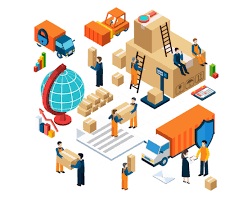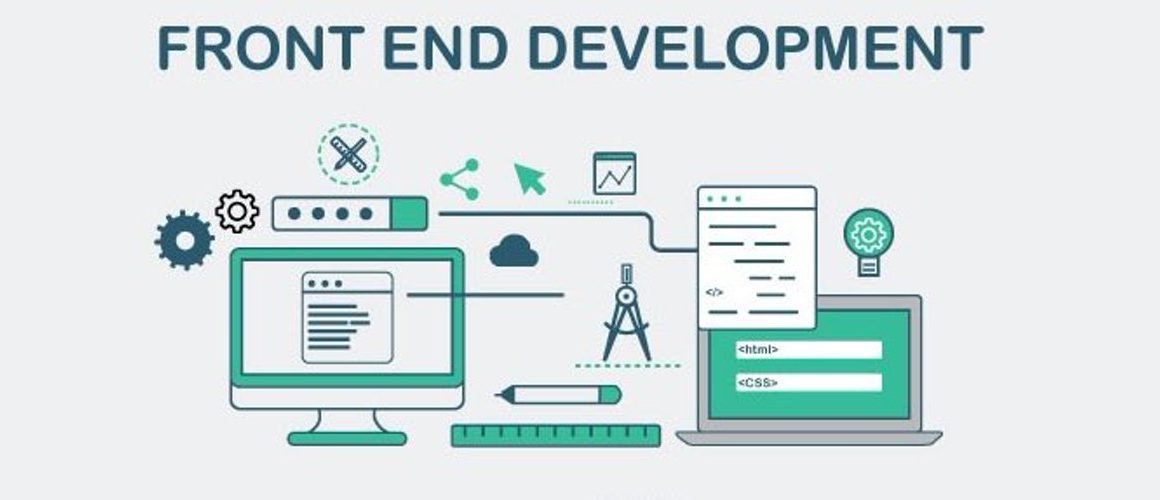In this article, the author will be discussing how technology is changing the way people do business from managing logistics to managing production. There are a lot of benefits of implementing these new technologies into your company, so read on for some great advice!
Relevance of Technology in Logistics and Distribution
Technology has become an essential part of logistics and distribution. It enables companies to move products and supplies more efficiently and quickly. This increases the efficiency of the distribution process, which in turn, reduces the cost of goods for customers. Additionally, technology helps companies track inventory and shipments. This information can be used to make better decisions about what products to produce and where to produce them. It also allows companies to monitor customer demand and respond quickly to changing conditions.
Benefits of using Technology in Logistics
Technology has revolutionized every aspect of our lives and it is no different in the world of logistics and distribution. From tracking packages to improving communication between carriers and customers, technology has played a critical role in helping make the process more efficient. Here are some of the most benefits:
- Improved Efficiency: Technology has made it easier for carriers to track packages and ensure they are delivered on time. In addition, it has made it easier for customers to communicate with carriers and get information about their orders. This increased efficiency leads to reduced costs for all involved, including carriers, customers, and suppliers.
- Increased Customer Satisfaction: Customers who have access to timely information about their orders are generally happier than those who don’t. This is because they know what items they need and can plan their shopping accordingly. Additionally, carriers can optimize their shipping routes based on customer demand, which leads to improved delivery times and higher satisfaction rates.
- Reduced Costs: By making use of technology such as dispatch app, carriers can save money on shipping costs as well as on other operational costs associated with logistics and distribution. This not only improves the financial bottom line but also enables companies to offer better prices to their customers.
How can we leverage technology to improve logistics operations?
Technology can help us streamline operations and improve communication. It can also help us manage resources more efficiently. In some cases, it can help us reduce costs and improve customer satisfaction.
But the benefits of technology don’t stop there. By using technology to monitor and optimize processes, we can help ensure that our logistics systems are functioning optimally. In addition, we can identify potential problems early and address them before they become bigger issues.
So whether you’re looking to improve communication or efficiency, or you’re just trying to keep an eye on your system’s performance, technology is a great way to go.
Emerging technologies in the Market
The world is going digital and that’s good news for logistics and distribution. According to a study by Forrester Research, global spending on digital technologies will grow from $497.9 billion in 2020 to $1.7 trillion in 2025. That’s a compound annual growth rate (CAGR) of 10.4%. In addition, the study predicts that 60% of all retail sales will be conducted online by 2025.
There are a number of reasons for this trend. First, people are always looking for ways to save time and money. Second, new technologies make it easier for customers to purchase products and services from anywhere in the world. And finally, businesses are seeing the benefits of using digital technologies to manage their operations more effectively.
Technology is playing an increasingly important role in logistics and distribution. Here are four technologies that are changing how we do business:
- Blockchain technology. blockchain is a distributed database that allows for secure, transparent and tamper-proof recordkeeping. It can be used in a variety of applications.
- Robotics. Robotics are machines that can do tasks that would be difficult or impossible for humans to do, such as packing and shipping products. They are becoming increasingly popular because they reduce the need for human labor.
- AI (artificial intelligence). AI is a type of technology that allows computers to “learn” and make decisions on their own. It used in logistics to help automate processes and improve efficiency.
- drones. Drones are unmanned aerial vehicles (UAVs) that can be used for a variety of tasks. They have the potential to revolutionize the way products are delivered, making it easier and faster for companies to get their products to market.
Conclusion
Technology has revolutionized the logistics and distribution industries in recent years, to the point where it is now impossible to do business without embracing some form of technology. From online ordering systems to automated warehouse management systems, there is a technology out there that can help you streamline your operations and make them more efficient. If you are looking for ways to improve your business efficiency, then you should consider investing in one or more of these technologies.



